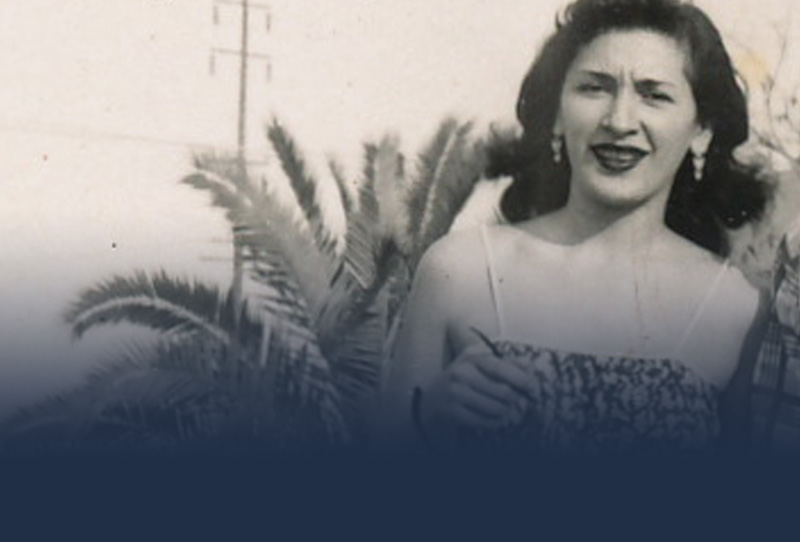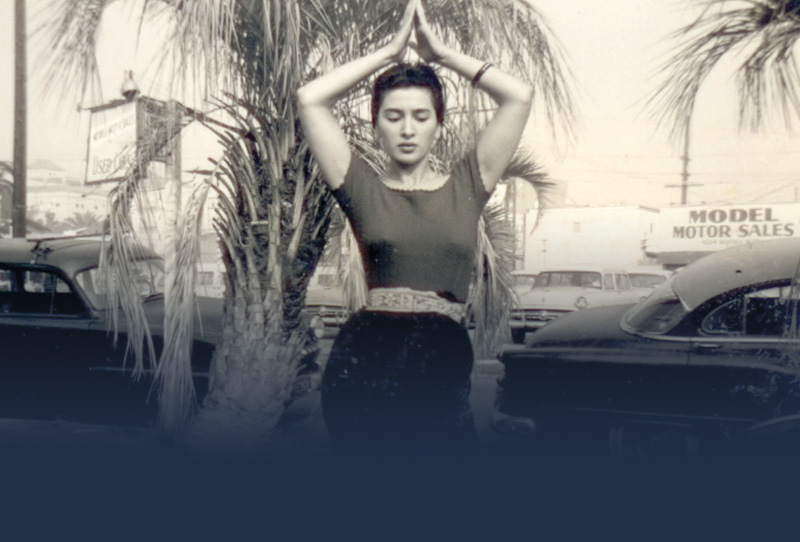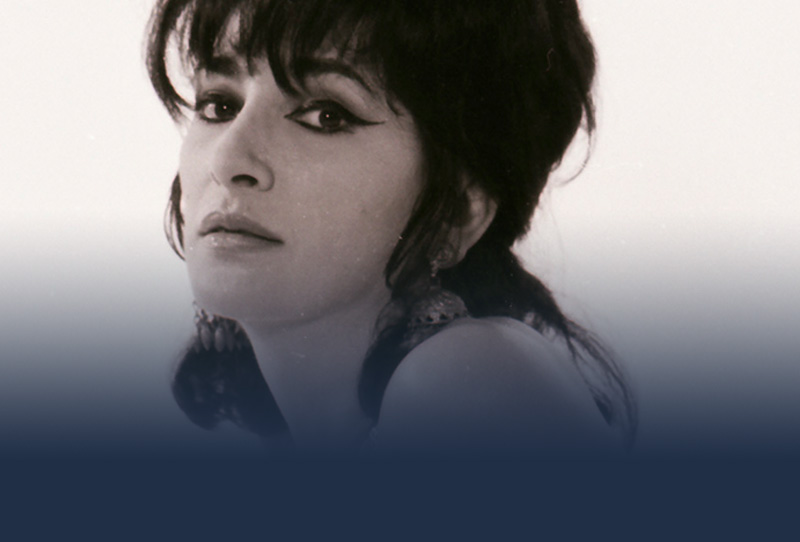Habibi: Vol. 2, No. 1 (1975)
I was born in New York City to Sicilian-born parents, Angela and Thithiniu, and I was given the name Giuseppina Carmela Angela Geraci. In the Sicilian tradition, I was given my paternal grandmother’s name, my maternal grandmother’s name, and my mother’s name. From my birth until I entered public school only Sicilian was spoken in the house.
While I was growing up, I was told stories about my parents’ ancestry dating back over two hundred years, and most of all I enjoyed the stories about my Father’s adventures while in the Sicilian navy. On the wall in my Father’s bedroom hung a framed medal and citation from the Italo-Turkish War.
My Father was stationed in Syria, Tripolitania, and, for the longest period, Tunisia. (My father spoke and sang Arabic fluently, which was quite common among Sicilians. On a clear day if you look out of your window from Sicily you can see Tunisia; it is that close.) It was in Tunisia that he saw, admired, and pursued various exponents of the danse du ventre. He would dance and imitate the dancers he saw and would say on occasion that, if fate would have had it, my mother might have been a belly dancer. He pursued the dances with gusto, and, indeed, from his stories I concluded these were some of the happiest days of his life. Whenever I thought the time was right and it would please my father, I would jokingly whip a black and gold fringed bed scarf off of my mother’s bed and imitate the dance movements I had seen my father do.
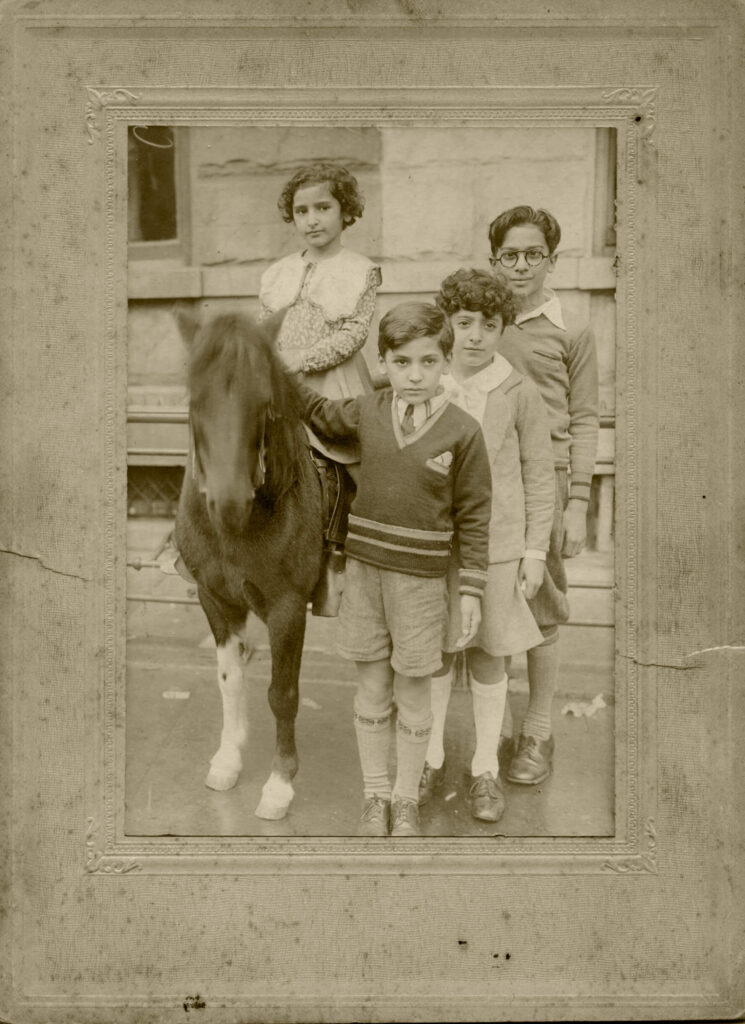
Growing up in a Sicilian environment in America was strange indeed. To venture outside was like traveling in a foreign land whose languages, customs, and values were completely different than your own. World War II uprooted young men to other states, then other countries; it was then that all, no matter what ethnic background, were considered “Americans”. We began hearing about American customs such as breakfast at which time eggs were eaten along with ham or bacon or toast. The salad served at the end of a Sicilian meal was served at the beginning of an American meal. The conflict of cultures was neutralized when first-generation Sicilian Americans took their place alongside other Americans in defense of the United States.
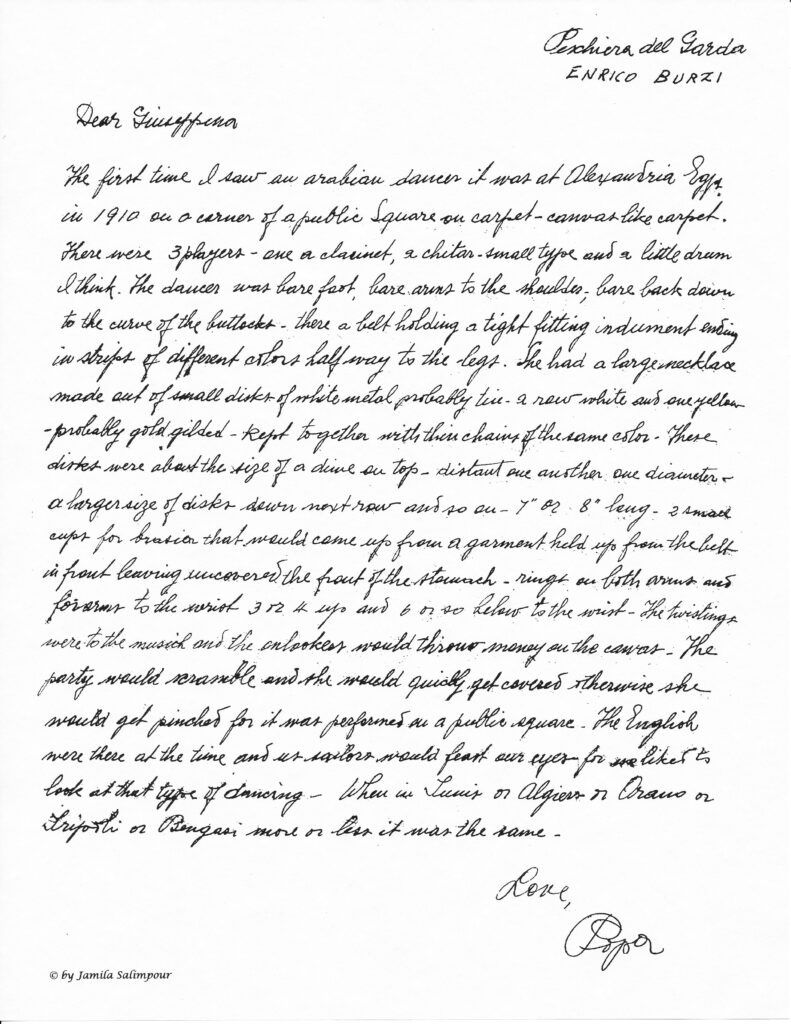
Since many families had children away in foreign lands, I too wanted to go and have a look. At the age of sixteen, I was presented with an opportunity to join Ringling Brothers and Barnum & Bailey Circus through a family friend who was already in the circus. I pleaded with my father and, in a weak moment, he consented to let me go. I fancied myself the Sicilian version of Hedy Lamar and foresaw being discovered by a talent scout in my travels. The prospect of travel coupled with the adventure of becoming a circus performer was a dream beyond anything I could realize. I went to Sarasota, Florida, for training and tryouts. There I met the famous clown Emmett Kelly and the world-famous juggler Massimiliano Truzzi. I watched the Giustino Loyal family rehearse for their equestrian bareback acts and ate lunch in the commissary with the tattooed man and the snake lady. I was trained as a dancer for the show routines and apprenticed for low aerial work and horseback riding. (If it weren’t for the safety belt around my waist connected to a rope and pulley from the center of the arena, I would have had a one-act career.) I didn’t feel I was developing solo material, so I left the circus. After a brief stay in New York, I struck out again with my parents’ consent to explore California. I had just turned nineteen.
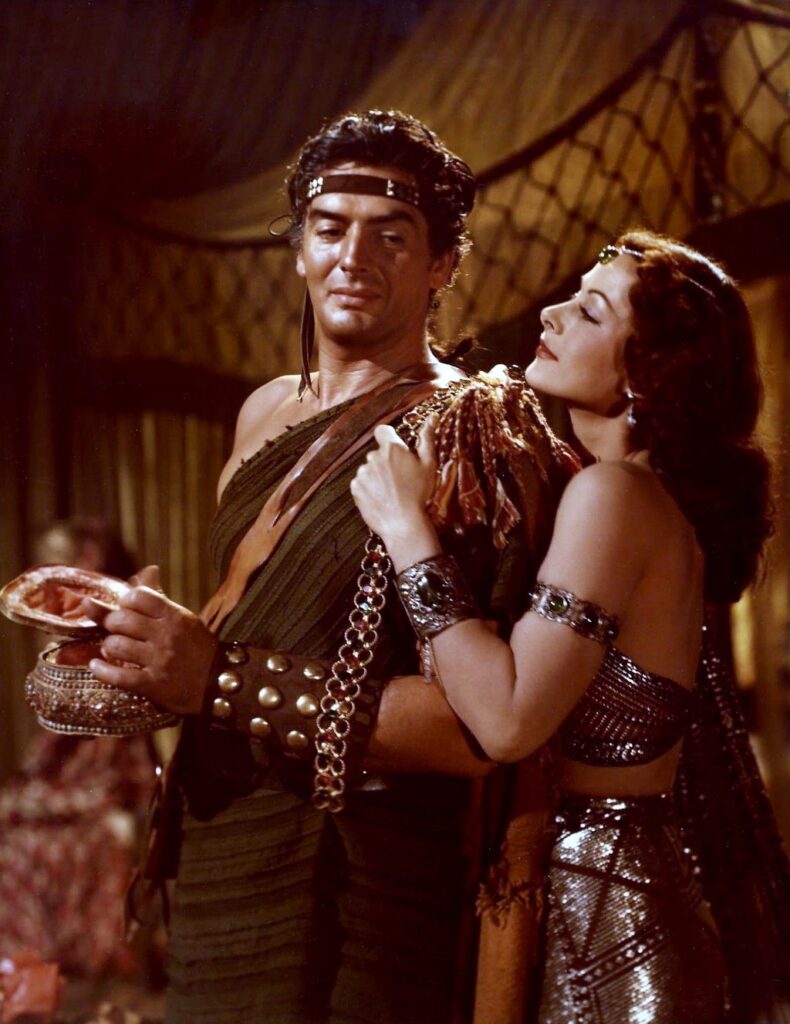
Los Angeles was the most beautiful city I had ever seen with palm trees and adobe houses. Hollywood was like a small town. The weather was hot and suited me better than the weather on the East Coast. I would never return to New York, and my parents returned to Sicily.
When I moved in with Hyganoosh and her family, she was surprised at how I responded to Middle Eastern culture. When I told her about my father, she understood and considered me an oriental girl. I was content to eat oriental food, go to oriental movies, move in Middle Eastern circles, and let Hyganoosh become the dominant factor in my life and its course.
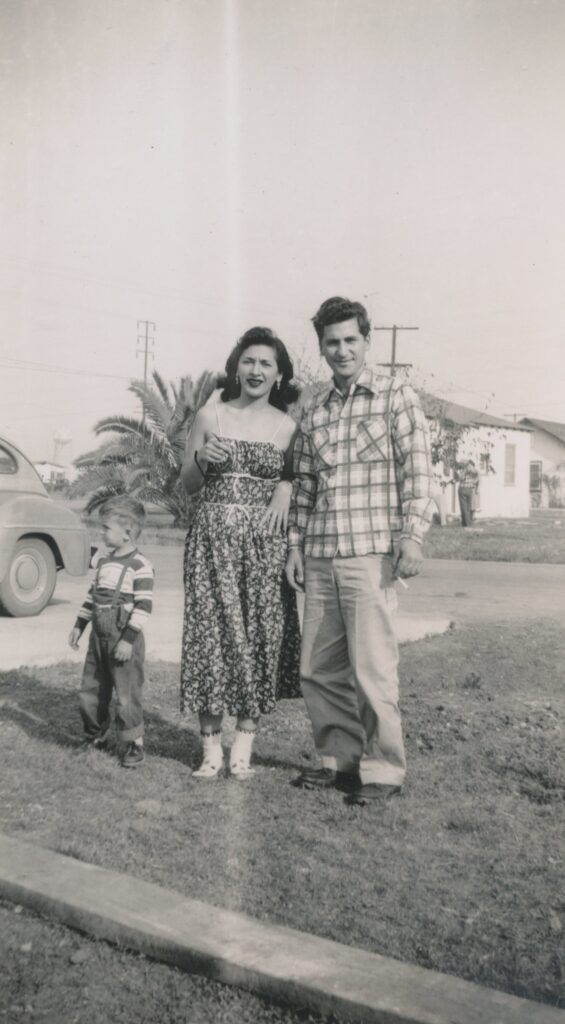
This article was published in Jamila’s Article Book: Selections of Jamila Salimpour’s Articles Published in Habibi Magazine, 1974-1988, published by Suhaila International in 2013. This Article Book excerpt is an edited version of what originally appeared in Habibi: Vol. 2, No. 1 (1975).
Photo Credits
- Photo of Jamila Salimpour with her siblings. Photographer unknown.
- Letter to Jamila from her father.
- Photo of Jamila Salimour and her brother (Giuseppi) in Los Angeles. Photographer unknown.
- Victor Mature and Hedy Lamarr as Samson and Delilah, 1949. eBay listing, Public domain, via Wikimedia Commons.
